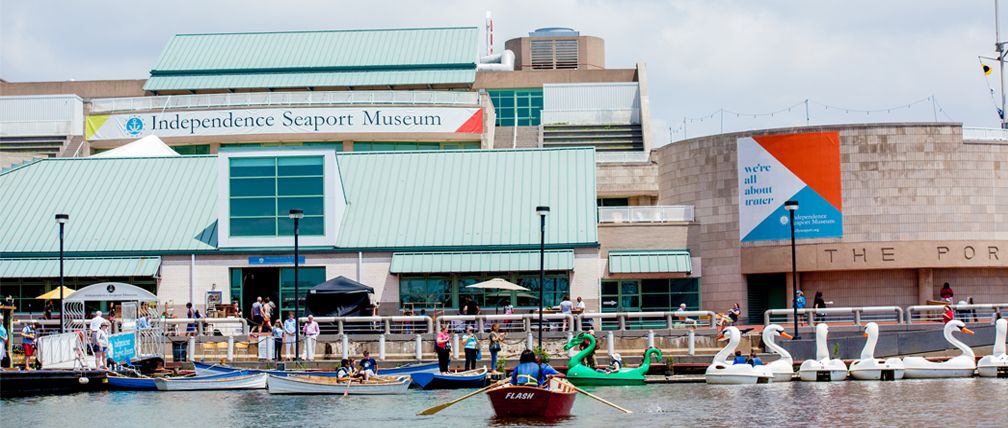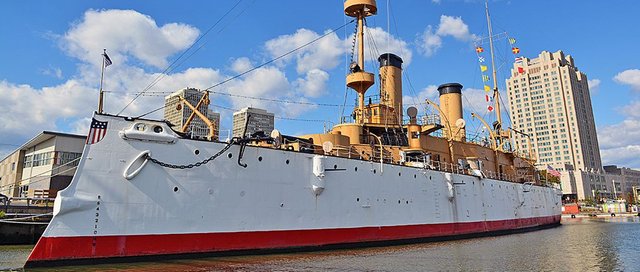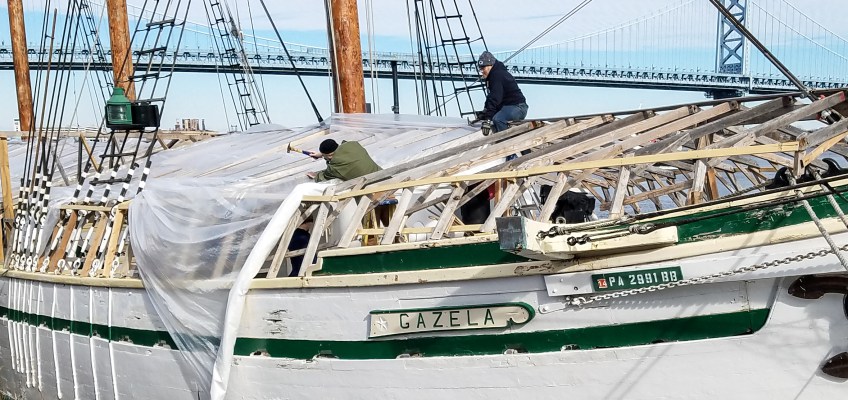Independence Seaport Museum: How About Being An Eco-museum?
The impression of a traditional museum is like a closed box. The main concern for an old museum is how to highlight the collection, but ignore the relationship between the museum and the surrounding urban environment. The attitudes of visitors to contemporary museums are also changing: from simply appreciating the exhibits to a deeper understanding of the broader cultural context; There is a shift in the value of the collection that is no longer confined to the self-closing elite. They began to look for multiple values in a broader field, which objectively reflected the change of history. Museums are also known as the venue for mass leisure and cultural tourism, and its urban functions that they undertake are from simple to complex.
How museums balance "containers" and "content" is a topic widely discussed today. On the one hand, it is the building form of the outer skin, which communicates with the outside world through the surface, and the other is the display of the content directly. The later could be more flexible and practical. Take the eco-museum as an example, it is focused on the identity of a place, largely based on local participation and aiming to enhance the welfare and development of local communities.

(The Spruce Street Harbor Park, Photo by M. Edlow for Visit Philadelphia)

(Delaware River Waterfront, Photo by M. Edlow for Visit Philadelphia)
In Philadelphia, the independence seaport museum is devoting itself to become the eco-museum. Located just a short walk from Old City, Society Hill and Philadelphia’s Historic District, the waterfront has tons to offer for The Independence seaport museum, including one of the coolest pop-up parks in the city (Spruce Street Harbor Park), some of the best outdoor venues for concerts, festivals and more (Festival Pier, the Great Plaza) and amazing views of Benjamin Franklin Bridge and the Delaware River.” Its exhibits are flexible to display life customs, folkloric maritime life, and other non-material objects. Penn’s landing is rich in cultural resources. The natural and cultural landscape is dotted with dots, lines, and faces in the block, making the independence seaport museum a comprehensive cultural display area.
(The Independence Seaport Museum,Photo by M. Edlow for Visit Philadelphia)
Down at Penn’s Landing, amid the lunch stands and pedal boats that hint at revival along
Philadelphia’s Delaware River waterfront, visitors encounter what for most is doubtful more than a vague schoolbook memory: the cruiser Olympia. (Save the Olympia!: Veterans and the Preservation of Dewey’s Flagship in Twentieth-Century Philadelphia) It is the nation’s oldest floating steel warship used by Admiral Dewey during his Spanish-American War victory in Manila Bay, and the Becuna, a World War II submarine that fought battles in the South Pacific. “The Olympia was the perfect stage on which to instruct boys in the appropriate performance of patriotic masculinity”, as Seth said in his paper. It does not only belong to the textbook. When schools guide classes around the Olympia, they will communicate with it and get to know the real history of this ship.

(Olympia)
Also, there are other vessels for citizens to explore at Penn’s Landing, just like Gazela, which is a wooden tall ship, built in 1901. Every year it goes out to sea to make sure the ship does not age completely. And at this time, citizens will have the chance to buy tickets or volunteer to go to sea with Gazela. As we could see from those examples, that The Independence Museum isn’t a closed one. They present their exhibits along the Delaware River and give some spectacular landscapes for visitors. The careful preservation of historical relics is the prerequisite for the work of the open museum. Through functional reconstruction and landscape restoration, they considered the strong demand of local residents to protect their own culture and met the needs of visitors. To continue doing this, the open atmosphere of eco-museum will give Penn’s Landing a new life.

(Gazela)

(Gazela, Photo by Ying)
100% of the SBD rewards from this #explore1918 post will support the Philadelphia History Initiative @phillyhistory. This crypto-experiment conducted by graduate courses at Temple University's Center for Public History and MLA Program, is exploring history and empowering education. Click here to learn more.